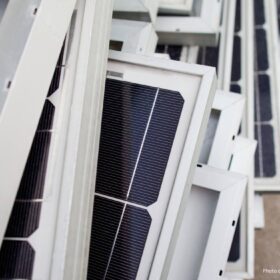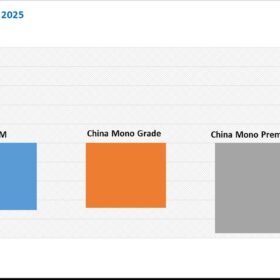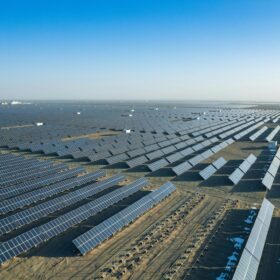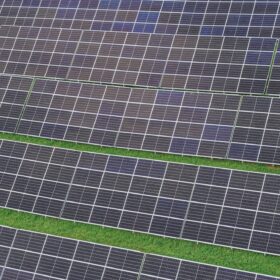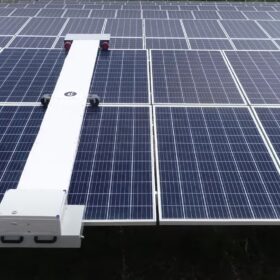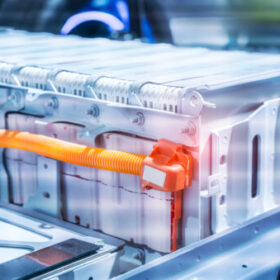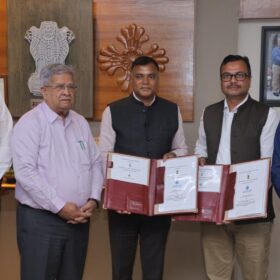How renewable energy is reshaping India’s job market
The renewable sector has gradually become a hotbed for innovation, investment, and intellectual capital. The transformation is well underway, and while it may not be loud, it is deeply consequential. As India powers its future through the sun, wind, and water, it is also building a workforce ready to meet that future
Solar panel recycling plan urges repair, reuse first
Australia’s rooftop solar industry has renewed calls for a mandatory recycling scheme to deal with the growing problem of solar panel waste. Only about 10% of panels are currently recycled. The rest are stockpiled, sent overseas or dumped in landfill.
Cyprus curtails more than half of renewables, including residential solar
Cyprus curtailed more than half of its potential renewable power in early 2025, including record residential solar cuts, as grid limits and a lack of storage strain its energy transition. Without swift investment in flexibility, analysts warn the country risks eroding public trust and delaying decarbonization.
How the EU’s Omnibus will impact Indian companies?
The Omnibus Proposal’s sustainability mandates can either unlock new market opportunities and enhance India’s global standing, or create trade barriers that can damage brand’s reputation and hamper profits. Indian businesses can’t afford to ignore this shift.
China polysilicon prices fall 11.76% since early April peak
In a new weekly update for pv magazine, OPIS, a Dow Jones company, reports thatglobal polysilicon negotiations remain challenging, as buyers and sellers continue to struggle to reach agreements on pricing amid a persistent supply-demand imbalance. Furthermore, it reveals that China’s polysilicon futures market could imply a further 13% drop for Nov 2025 delivery contracts.
Why LFP batteries are gaining traction in India’s EV ecosystem
Leading EV manufacturers and battery suppliers in India are increasingly adopting Lithium Iron Phosphate (LFP) battery technology for entry-level and mid-range EVs. This is due to a balance of cost, safety, and durability that fits the Indian market’s practical needs.
Understanding P50, P90, and P99 in solar energy
In the solar energy sector, P50, P90, and P99 represent the probability that a project will generate at least a certain amount of electricity in a given year. This article explains what these probabilities mean, why they are important, how they are calculated, and how to use them.
2025: A landmark year for solar energy
The IEA-PVPS 2025 Snapshot of Global PV Markets reveals a pivotal moment for solar power: global PV capacity surpassed 2.2 TW, with more than 600 GW installed in 2024 alone. As module prices fell due to oversupply, installation volumes continued to grow, highlighting both the strength and volatility of the global PV industry.
Financing India’s clean energy transition
To effectively meet its clean energy and net zero targets, India must address the current limitations in its green financing models. Additionally, the lenders must take into account sector specific risks.
Why battery design is one of the core challenges for recycling companies?
While transitioning to renewable energy and widespread adoption of batteries is a must, recycling cannot be an afterthought. It must be built into design and supply chain decisions.

